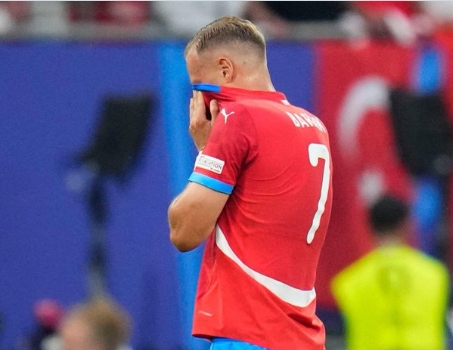Introduction:
In the scorching summer of 1994, amidst the picturesque landscape of Rwanda, a sinister cloud of hatred and violence descended upon the nation, forever altering its history. The Rwandan Genocide, one of the darkest chapters of the 20th century, unfolded with terrifying consequences. This tragic event, which took place between April and July 1994, witnessed the systematic and brutal extermination of approximately 800,000 people, predominantly of the Tutsi ethnic group. The genocide left an indelible mark on the collective consciousness, reminding humanity of the horrors that can arise when prejudice and animosity are allowed to flourish unchecked.
Detailed description:
The Rwandan Genocide erupted against the backdrop of longstanding ethnic tensions between the Hutus and Tutsis, divisions that were initially imposed upon the people by the Belgian colonizers during the colonial period. On April 6th, 1994, the assassination of Rwandan President Juvénal Habyarimana, a member of the Hutu ethnic group, acted as the catalyst for the mass slaughter that followed.
Immediately following the assassination, extremist Hutu leaders seized the opportunity to carry out their long-planned campaign of ethnic cleansing. With remarkable speed and efficiency, Hutu militias, armed with machetes, guns, and other deadly weapons, unleashed a wave of violence against the Tutsi minority.
The genocide quickly unfolded across the country, tearing apart communities and families as neighbors turned against each other. Roadblocks and checkpoints were established, where Tutsis were systematically singled out and executed. Radio stations played a pivotal role in spreading hate propaganda and inciting violence, dehumanizing the Tutsi population and urging Hutus to join in the slaughter.
The international community’s response to the unfolding tragedy was slow and insufficient. Despite pleas for intervention and assistance, the United Nations and other world powers failed to provide the necessary support to prevent the mass killings. The lack of swift intervention contributed to the high death toll and fueled the feeling of abandonment among the survivors.
The genocide finally came to an end in July 1994, when the Rwandan Patriotic Front (RPF), a Tutsi-led rebel group, gained control of the country. Although the RPF’s victory put an end to the mass killings, the scars left by the genocide were deep and lasting. Rwanda was left shattered and traumatized, with countless lives forever altered.

In the aftermath of the genocide, efforts were made to prosecute those responsible for the atrocities through international and national courts. The International Criminal Tribunal for Rwanda (ICTR) was established to hold individuals accountable for their role in the genocide. Additionally, Rwanda embarked on a path of reconciliation and healing, implementing innovative community-based justice mechanisms such as Gacaca courts to foster truth-seeking and forgiveness.
The Rwandan Genocide serves as a chilling reminder of the consequences of unchecked hate and prejudice. It stands as a testament to the resilience of the Rwandan people and their ongoing efforts to rebuild and reconcile a divided nation, ensuring that the horrors of the past are never repeated.





